#Tursiops truncatus
Photo

DOLPHIN MOMS DO 'BABY TALK' WITH THEIR CALVES
Baby talk or Motherese/ Parentese is a speech pattern nearly universal across cultures and languages in human caregivers interacting with children. It is characterized by a higher than usual pitch, exaggerated intonation, repetition, calling attention to objects and use of slow stretchy speeches. What we know about baby talking in other nonhuman species is sparse. Now, researchers have found evidence for baby talk in bottlenose dolphin, a species that shows parallels to humans in their long-term mother–offspring bonds and lifelong vocal learning.
Researchers analyzed audios from made wild bottlenose dolphins in waters near Sarasota Bay, Florida, United States, and found that females produced signature whistles with significantly higher maximum frequencies and wider frequency ranges when they were recorded with their own dependent calves.
This finding provide an example of convergent evolution of motherese in nonhuman mammals, and may help us understand how motherese can facilitate vocal learning and bonding in nonhumans as well as humans.
Photo by Carli Brush Stoll
Reference: Sayigh et al., 2023. Bottlenose dolphin mothers modify signature whistles in the presence of their own calves. PNAS
#Science#marine science#behavior#biology#marine biology#bottlenose dolphin#tursiops truncatus#delphinidae#bioblr#sciblr#scienceblr
341 notes
·
View notes
Text
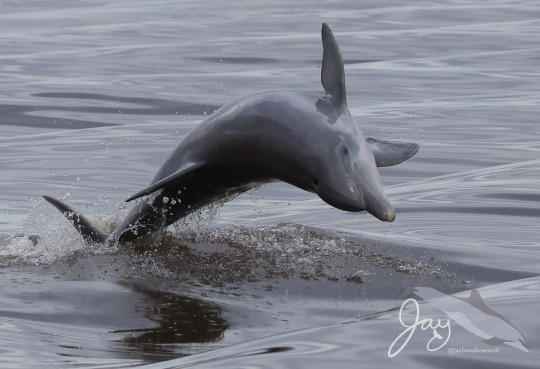
New year, new watermark!
Hopefully I'll be a bit more active in 2024. I still have plenty of photos to share, and I'm always taking more!
65 notes
·
View notes
Photo


“Faces from the Black Sea”
A series of drawings I started in 2018 and, of course, never continued. The idea was to practice my pencil work through several photo studies of Black Sea bottlenose dolphins. They have the most beautiful faces and markings, so a lovely subject for a study series like this. Alas, something or another came along and it never got further than these two drawings. Even though they’re older works I still very much like them! And I hope you will, too.
The original photograph references are here and here.
#drawings#Common bottlenose dolphin#Black Sea bottlenose dolphin#Black Sea#bottlenose#dolphin#Tursiops truncatuc ponticus#Tursiops truncatus#Tursiops#traditional art
87 notes
·
View notes
Text

Common bottlenose dolphin Tursiops truncatus
Observed by sirlarus, CC BY-NC
#Tursiops truncatus#common bottlenose dolphin#Cetacea#Delphinidae#cetacean#dolphin#North America#United States#Texas#Atlantic Ocean#Gulf of Mexico
19 notes
·
View notes
Photo

Cameras on U.S. Navy dolphins show them looking around as they hunt.
#dolphin#dolphins#bottlenose dolphin#bottlenose dolphins#tursiops#tursiops truncatus#animal#animals#water#sea#ocean#marine#aquatic#underwater#camera#cameras#gopro#navy dolphin#navy dolphins#nature#gizmodo#article#articles#california#u.s.#america
1 note
·
View note
Text

Common bottlenose dolphin | Tursiops truncatus
Amvrakikos Gulf, June 2023
Mother and calf swimming
0 notes
Text
However, even when this activity is accompanied by overt aggression, Bottlenose and Spotted males that interact sexually with one another may later also band together and cooperate with one another.

"Biological Exuberance: Animal Homosexuality and Natural Diversity" - Bruce Bagemihl
#book quotes#biological exuberance#bruce bagemihl#nonfiction#bottlenose dolphin#tursiops truncatus#atlantic spotted dolphin#stenella frontalis#cooperation#banding together
0 notes
Text
Later, when they begin mating heterosexually, they still retain their primary male pair-bonds, and in some populations male pairs and trios cooperate in herding females or in interacting homosexually with Spotted Dolphins.
"Biological Exuberance: Animal Homosexuality and Natural Diversity" - Bruce Bagemihl
#book quote#biological exuberance#bruce bagemihl#nonfiction#bottlenose dolphin#tursiops truncatus#atlantic spotted dolphin#stenella frontalis#heterosexual#pair bonding#herding#homosexual
0 notes
Text
Female Bottlenose Dolphins probably have a similar pattern of bisexual interactions overlaid on a largely female-centered social framework.
"Biological Exuberance: Animal Homosexuality and Natural Diversity" - Bruce Bagemihl
#book quote#biological exuberance#bruce bagemihl#nonfiction#bottlenose dolphin#tursiops truncatus#bisexual
0 notes
Text

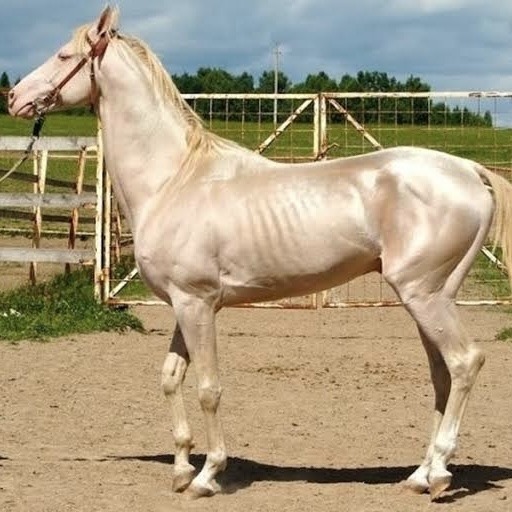
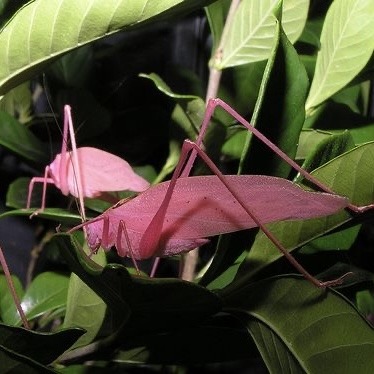


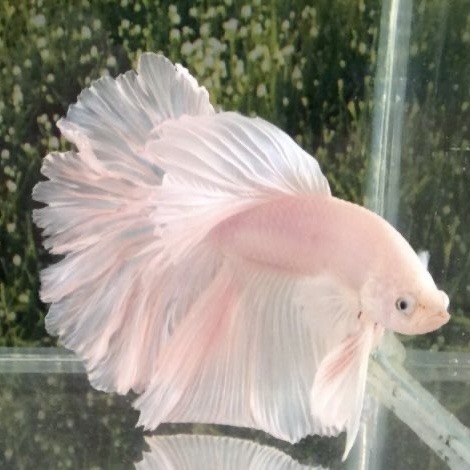


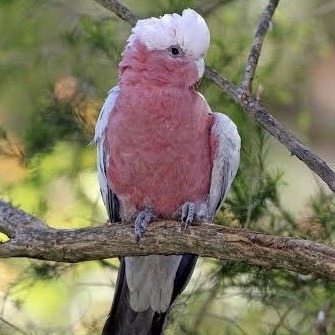
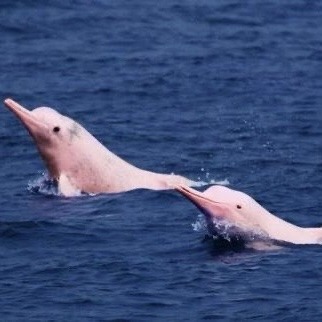
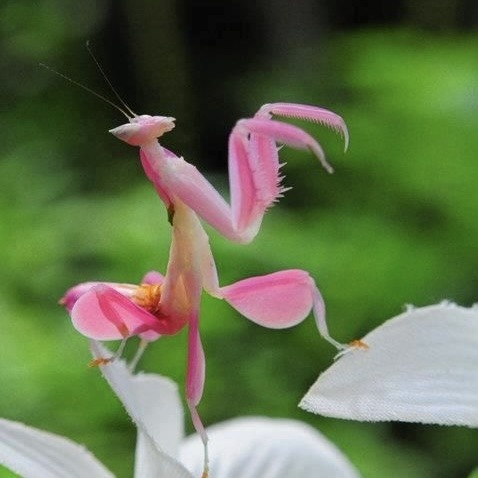
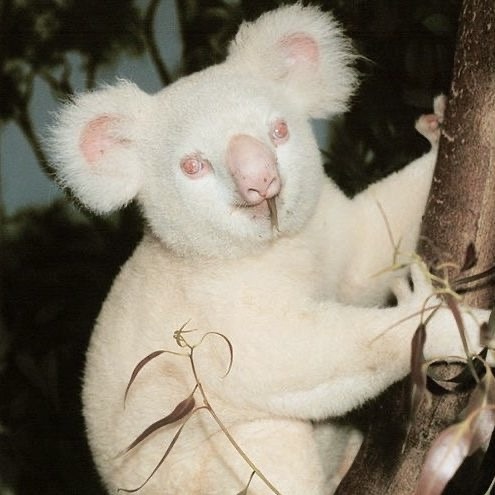
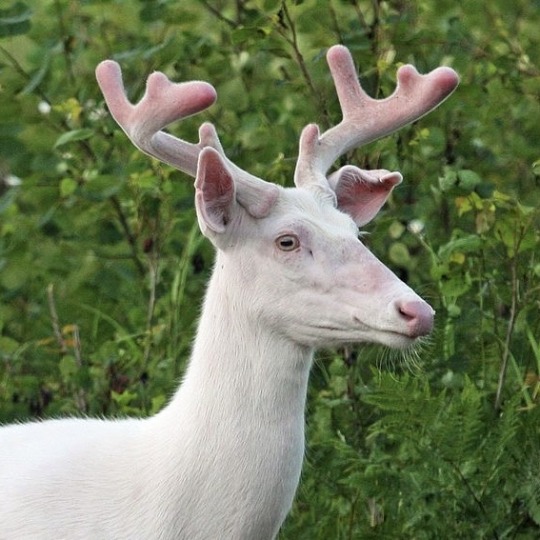
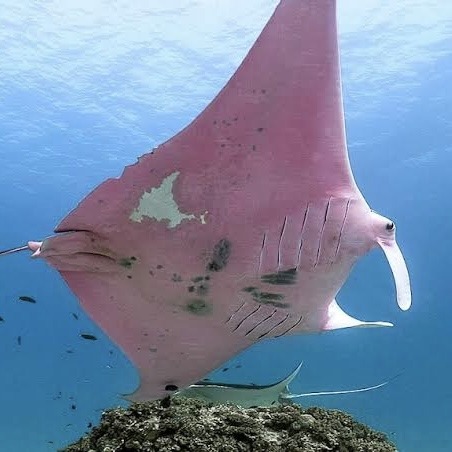

some examples of pink in the animal kingdom. while there are no mammals with pink fur, it's naturally found in some birds, insects and fish. otherwise, usually due to genetic pigment mutations like albinism or leucism, some animals appear pink due their extreme paleness – their blood is visible through their skin!
#☆#🐯#colour mutation#leucism#albinism#oddity#blushing phantom (cithaerias pireta)#domestic horse (equus ferus caballus)#oblong-winged katydid (amblycorypha oblongifolia)#axolotl (ambystoma mexicanum)#corn snake (pantherophis guttatus)#betta (betta splendens)#roseate spoonbill (platalea ajaja)#pink fairy armadillo (chlamyphorus truncatus)#galah (eolophus roseicapilla)#amazon river dolphin (inia geoffrensis)#orchid mantis (hymenopus coronatus)#koala (phascolarctos cinereus)#white-tailed deer (odocoileus virginianus)#reef manta ray (mobula alfredi)#common bottlenose dolphin (tursiops truncatus)#theee koala deer and snake are albinistic + axolotl is leucistic and the ray is a... mutation of some kind#oh and the katydid is that thing where they turn pink when they're erythristic afaik
36 notes
·
View notes
Text
One of the most well-studied marine mammals in the world has been secretly harboring a superpower sixth sense.
Two captive bottlenose dolphins (Tursiops truncatus) have now proved to researchers at the University of Rostock and Nuremberg Zoo in Germany that they can reliably sense weak electric fields in the water with their long snouts.
The discovery hints at the possibility that some marine mammals really can sniff out the electric currents of small prey buried in the sand. They might even use the skill to sense Earth's magnetic field.
Continue Reading.
270 notes
·
View notes
Text
I have tried to choose a wide distribution of animals representing many different clades, aiming for relatively intelligent species within their respective clade. There are only 12 poll options possible, so no asking “what about X?” Inevitably some species will have to stand in for a much broader class than others, e.g., the Humboldt squid for all cephalopods. (But the Humboldt squid is probably a good choice: they’re fairly gregarious and cooperative, unlike the octopus.)
Uplifted species will have the capacity for language, abstract thought, tool use, episodic memory, planning, and self-awareness. Their cognition may in other respects be radically different from our own, especially if they are not mammals.
67 notes
·
View notes
Text
youtube
Meet Adam! In June 2021, he was rescued and rehabilitated by IMMS staff and now calls IMMS his home.
#dolphin#bottlenose dolphin#tursiops truncatus#institute for marine mammal studies#video#//heyyyy i edited this video!#facebook repost
21 notes
·
View notes
Note
Has there been a case of a hybrid between a bottlenose and an Atlantic spotted dolphin?
Perhaps! No one knows for sure. There has been no definitive proof from DNA samples of wild animals, nor has it ever been confirmed in captive animals. However, there is much reason to believe it is plausible, and one possible hybrid has been observed.
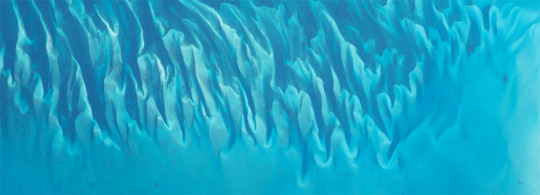
Let me take you to The Bahamas. Specifically, Great Bahama Bank and Little Bahama Bank. They're sprawling sandbanks surrounding the islands, and many Atlantic spotted dolphins as well as coastal Common bottlenose dolphins make their home there. The spotted dolphins have been studied for more than 30 years by Denise Herzing and her associates. While by far the most encounters are with single-species groups, there have been dozens of mixed species encounters as well.
Many of these are aggressively sexual in nature, with males of both species sparring and trying to enter each other. Male bottlenose dolphins often seem to dominate the smaller spotted dolphins during these encounters, though the spotted dolphins have been seen retaliating, and it is speculated they don't actually experience the harassment as very negative. Since much of the action is male-on-male or involves juvenile animals not yet sexually mature, it seems in many cases the nature of these encounters is more social than sexual. However, multiple cases of interspecific male-on-female copulation have been observed.
With so much going on, the potential for hybridism is great. And since the two species are morphologically quite similar (especially when young), a hybrid could easily fly under the radar.
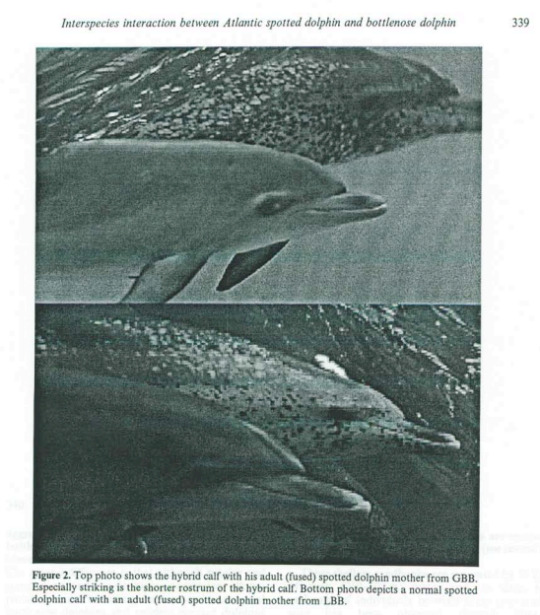
In February of 2003, Herzing and her team observed a female spotted dolphin with an unusual looking calf. The calf had a shorter rostrum than is normal for spotted dolphins in the area, but it was longer and more elegant than that of a Bahamian bottlenose. Herzing assumed it could be a hybrid calf. However, since no DNA testing was done and the calf was only observed for two days, this can't be confirmed. In 1989 and 1996 there have also been observations of female spotted dolphins mothering over bottlenose dolphin calves. In one case the calf was emaciated, and the spotted dolphin swimming with it wasn't lactating, so most likely the calf died. In another case it was only a temporary association and the bottlenose calf returned to their real mother after a while.
So a lot of interesting things going on. The studies are still ongoing. To my knowledge no large scale DNA testing has been done, nor any new "suspect" animals observed. Perhaps in the future a hybrid will be confirmed! Or perhaps it turns out this is one of those mixes that just doesn't work.
I highly recommend you read the study the photo comes from: "Interspecies interactions between Atlantic spotted dolphins, Stenella frontalis and bottlenose dolphins, Tursiops truncatus, on Great Bahama Bank, Bahamas". And many of the other studies done by Denise Herzing's team can be read for free here: https://www.wilddolphinproject.org/media/scientific-publications/
#namtalk#hybridism#hybrid#dolphin hybrid#Common bottlenose dolphin#Tursiops truncatus#Atlantic spotted dolphin#Stenella frontalis#dolphin#The Bahamas#Great Bahama Bank#Little Bahama Bank#Denise Herzing#Wild Dolphin Project
128 notes
·
View notes
Text

Common bottlenose dolphin Tursiops truncatus
Observed by charlottekirchner, CC BY
#Tursiops truncatus#common bottlenose dolphin#Cetacea#Delphinidae#cetacean#dolphin#Macaronesia#Spain#Canary Islands#Atlantic Ocean
13 notes
·
View notes
Note
your autocorrect will become entirely made of typos you frequently make
autocorrect changed every single instance of Tursiops truncatus to Tursiops truncates in my synthetic review and I didn't notice until I submitted my paper and my professor gave me a 67 because of it.
90 notes
·
View notes